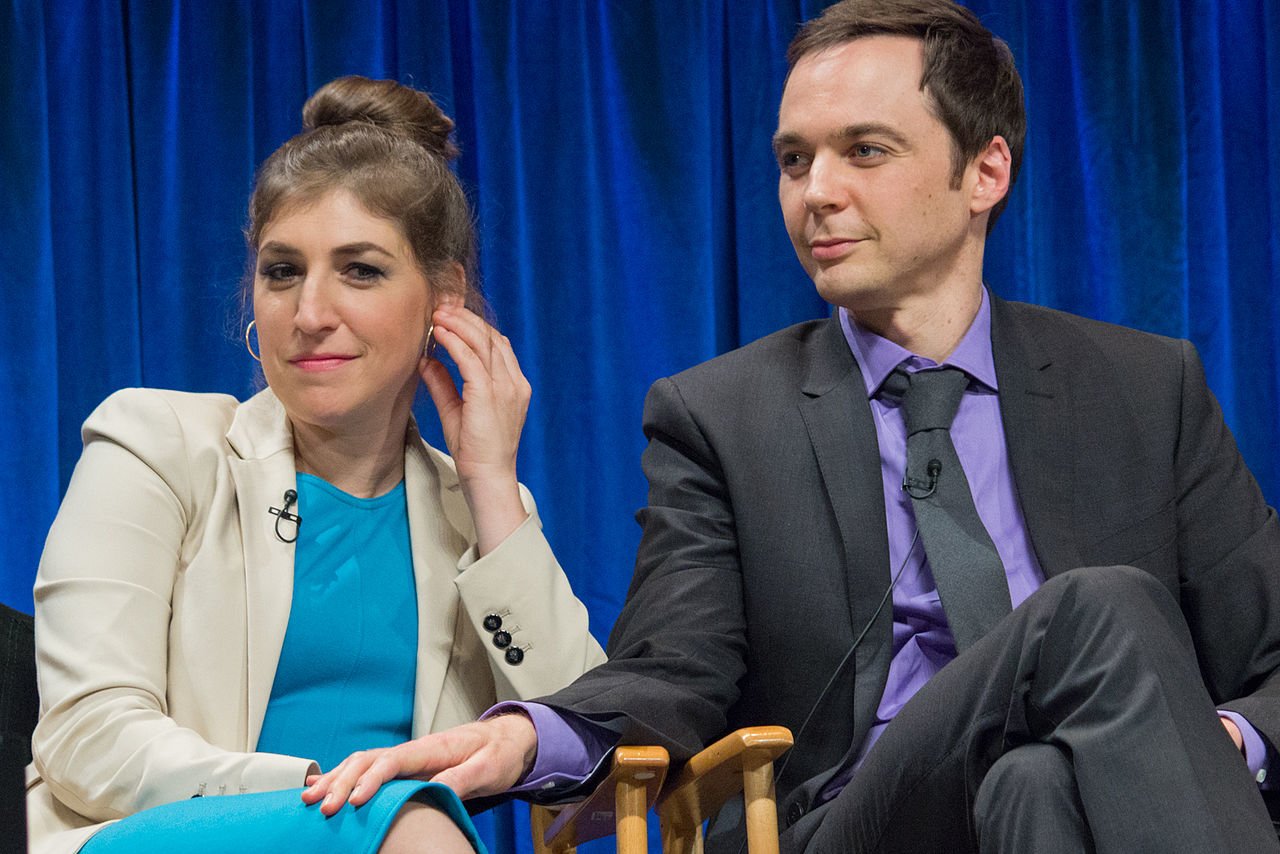The Big Bang’s “Super Asymmetry” Isn’t Just Bazinga; Real World Isn’t Always Symmetrical or Well Ordered
WASHINGTON, D.C. (May 17, 2019) – In the finale of the immensely popular TV program “Big Bang Theory,” Sheldon and Amy receive the Nobel Prize in Physics for their super asymmetry theory, and many are wondering if the concept is just a “bazinga” – Sheldon’s favorite word for a big joke – this time on the audience.
Q1 hedge fund letters, conference, scoops etc
If it were, that would be quite surprising, since the physics and other science on the show is quite realistic, notes Professor John Banzhaf, an MIT- trained physicist and engineer with two U.S. patents, and the inventor of the Banzhaf Index.
Banzhaf says that the concept of super asymmetry, while fictional, and not directly related to the theory called super symmetry, does have some relationship to the real world.
As Sheldon initially described it, "my equations have been trying to describe an imperfect world, and the only way to do that is to introduce imperfection into the underlying theory."
Amy replies, "so, instead of super symmetry, it would be super asymmetry?!"
Actually, physicists Takashi Nishikawa and Adilson E. Motter have written, in the journal Physical Review Letters, about asymmetry-induced symmetry. Motter described it this way:
"There are instances in which the observed behavior of the system can be symmetric only when the system itself is not. [We] called this effect asymmetry-induced symmetry, but could have referred to it as a form of super asymmetry since it epitomizes the notion that imperfections make things perfect."
Chaos Theory provides other examples of how very small differences - arguably asymmetries - can nevertheless be very important and have major consequences.
A classic and well cited example explains that the very small asymmetries in the flow of air introduced by a butterfly flapping its wings in Brazil can cause a hurricane in Texas.
In any event, argues Banzhaf, we know that there are many asymmetries in the real world; asymmetries which most of us accept if not rely upon.
For example, the human body isn't symmetrical, which can create problems for people whose hearts are for some reason on the right - rather than the left - side of their bodies.
Similarly, human faces are asymmetrical, so that when one half of a face is reflected in a mirror (or otherwise) to make a complete composite face, the result usually looks weird.
For similar reasons, many women as well as men part their hair in an asymmetric way - to one side or the other - to improve their appearance, and many art works and architectural structures are deliberately made asymmetrical, notes Banzhaf.
In short, says the professor, our world is made up of asymmetries and other imperfections, and we have to understand the implications, regardless of what the theories are called.
JOHN F. BANZHAF III, B.S.E.E., J.D., Sc.D.
Professor of Public Interest Law
George Washington University Law School,
FAMRI Dr. William Cahan Distinguished Professor,
Fellow, World Technology Network,
Founder, Action on Smoking and Health (ASH),
2000 H Street, NW, Wash, DC 20052, USA
(202) 994-7229 // (703) 527-8418
http://banzhaf.net/ jbanzhaf3ATgmail.com @profbanzhaf






